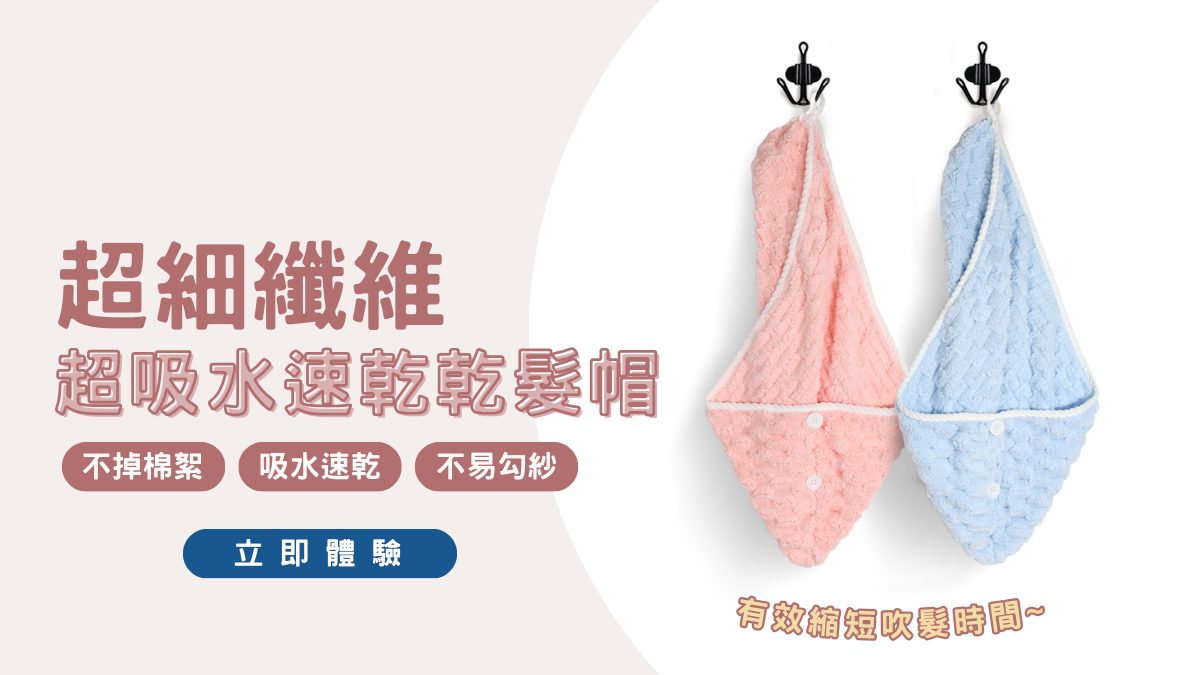Sponsored by Leqvio (inclisiran).
Please note Bruce Arians is not a Leqvio patient. Continue reading for safety information.
Managing heart health is a team effort — even for legendary football coach Bruce Arians. In 2017, he experienced chest pains that landed him in the hospital. He learned that he has atherosclerotic cardiovascular disease (ASCVD — also referred to as “known heart disease”), which is the most common type of heart disease. It is caused by consistent high levels of LDL-C, or bad cholesterol, in the blood, which can lead to a buildup of plaque on the walls of arteries within the heart.¹
For Arians, whose father died of a heart attack, the trip to the hospital and the subsequent diagnosis was the wake-up call that he needed to prioritize and stay on top of his heart health, no matter how busy his schedule became.
Arians took steps to make sure he was effectively managing his high levels of bad cholesterol. This included lifestyle modifications, like changes to his diet and becoming more active, as well as taking medications. “Coaches have a tendency to be a superman,” Arians says. “I had to give up on that, and say, ‘No, I’m not. I need help.’”
While it’s critical that people struggling with high levels of bad cholesterol manage their condition, they don’t have to do it alone. A team mentality can be key in achieving a healthy heart. In addition to a doctor, patients also can consider who else makes sense on their bench. For some, this might be learning some winning plays from a physical therapist or dietician.
Others find that their spouse is an effective quarterback calling the diet and movement plays that lead them to success. And of course, fans in the stands are critical. These fans include friends and family members who cheer on small victories and provide valuable support. Here’s what to know as you build your own heart health team — you can also visit CoachingCholesterol.com to learn more about how to make the right play for your heart health.
A multi-factor health challenge
What makes high cholesterol challenging is that often bad cholesterol does not initially cause symptoms. Rather, it builds up over years, forming plaque in the arteries and leading to outcomes that include stroke and heart disease.¹ But because bad cholesterol can be asymptomatic, many patients do not know their cholesterol numbers until they are diagnosed with heart disease.
Knowing your cholesterol numbers and acting to reduce them can help eliminate problems before they start. In sports terms, lowering bad cholesterol can be the equivalent of being ahead 35 to 0 in the fourth quarter, not giving heart disease a chance, explains Dr. Jeffrey Boone, president, CEO and medical director of the Boone Heart Institute. “The goal of treating LDL cholesterol is to reduce cardiovascular events,” he says. “We can’t feel plaques as they grow. That’s why it can be important to treat high LDL-C before any chest pain or symptoms occur.”
And often, with high levels of bad cholesterol, diet and exercise alone may not be enough to lower numbers. In some cases, even medication, such as a statin, may not be sufficient.²⁻⁴ That’s why it can be critical for patients to partner with their doctor to manage their treatment and find a personalized plan that works best for them.
“The first approach is to begin to look at a patient’s lifestyle, which includes everything from stress levels to diet,” says Boone, who likens lowering cholesterol to a trapeze act — including making sure a few safety nets are in place. “I always encourage my patients, even as they're developing these lifestyle efforts, to begin developing a strong safety net, which then could begin with various medications and treatments.”
Heart health success can be built on small habits
When it comes to managing heart health, small habits make a big difference. For those taking medication, it’s often important that medication be taken at the same time each day for maximum effectiveness. Just setting an alarm and prioritizing taking medication can be the first step to implementing larger changes, like modifying your dietary habits.
For example, you might opt for a breakfast that is rich in soluble fiber, like oatmeal, which can help to lower bad cholesterol and improve overall heart health. Part of the game plan is finding foods you enjoy, coupled with accountability.
Lauren Antonucci, a registered dietician and nutritionist, says that she always begins sessions with a “proactive approach.” She has seen that many clients know what they can’t eat, but she encourages clients to dig into what they can add to their diet. This mindset shift can be helpful in building a playbook that makes sense. “We’ll talk: Do you like apples and pears? Can you add flaxseeds? It’s all about creating a toolkit of behaviors,” she says.
“I recently lost a lot of weight this past season, working with a nutritionist,” Arians says, adding that a nutritionist helped keep him accountable and ensured he was regularly eating healthy foods. “And now, when I’m on vacation or at home, I make sure I have the right ingredients.” Arians credits his nutritionist’s recommendation to make small changes in his daily routine — such as starting the day with a nutrient-dense shake and grilling at home — for making a huge improvement in his health.
Slow and steady movement is a heart health victory
Along with medication and diet, movement can be effective in lowering bad cholesterol and improving heart health. But the key to success isn’t the most reps in the gym or the fastest mile time. Instead, it’s finding healthy habits that can stick. Going on a walk after dinner every day or completing a doctor-approved strength training routine a few times a week can be small tweaks that add up.
“I tore my Achilles last year, so I can’t really do the treadmill right now,” Arians says, adding that he’s able to work out using a strength-training program that uses band exercises and weights. Working with a trainer has also given him accountability.
Femi Betiku, a doctor of physical therapy, often works with patients who are working to lower their bad cholesterol. Betiku has seen firsthand that consistency is what sets clients up for success. For some clients, that means starting at working out for 15 minutes a day. “I’ll have clients who do this for a few weeks, and then say, ‘Fifteen minutes is easy. Can I do more?’ And I say no. We’ll lead up to that, but the biggest setup for success is being able to be consistent for that initial 15 or 20 minutes.”
It’s also helpful to realize your “why.” Instead of working out solely because of your doctor’s orders, some people find it helpful to train for an event, such as walking a 5k with friends and family. Others think of the long term benefits of being active, including being able to dance at a child’s wedding or play on the floor with their grandchildren.
Despite best efforts and lifestyle changes, sometimes cholesterol management requires medication. And advances in treatment plans have led to effective ways to target bad cholesterol. For example, Leqvio, an injectable medication taken alongside diet and statins, prevents the production of PCSK9, a protein that can increase levels of bad cholesterol.⁵
While statins work by chemically reducing cholesterol production, Leqvio protects the body’s cholesterol receptors that naturally clear cholesterol from the bloodstream before plaque buildup can ever begin. These cholesterol receptors need to be protected from a protein particle called PCSK9, which neutralizes the receptors’ ability to remove bad LDL from the blood vessels. Leqvio allows the receptors to continue to eliminate excess cholesterol from the blood vessels.⁶
“It’s like these cholesterol receptors are catcher’s mitts. They catch the round particles that are filled with cholesterol and deposit them into the liver and then are pumped back into the body,” Boone says. “Too much cholesterol in the blood vessels is dangerous, but Leqvio helps get more cholesterol into the liver.”
Leqvio targets the protein that destroys these receptors. “Leqvio eliminates the destructive PCSK9 before it kills those ‘catcher’s mitt’ receptors, and it also lasts a long time,” he says, adding that the drug is injected every six months, after two initial injections, and is prescribed in addition to a statin and lifestyle modifications.⁵
“Leqvio is part of a toolbox,” Boone explains. “When you look at all the things that are involved in heart disease, the most accessible, easily treated, and impactful approach is to lower LDL cholesterol.” Partnering with your doctor and other health care team members can help you find a customized plan that makes sense for your body and your lifestyle — and can get you ready for many more winning plays in your lifetime.
____
From Novartis
LEQVIO (inclisiran) is an injectable prescription medicine used along with diet and other lipid-lowering medicines in adults who need additional lowering of "bad" cholesterol (LDL-C) and have known cardiovascular disease and/or heterozygous familial hypercholesterolemia (HeFH), an inherited condition that causes high levels of LDL-C. It is not known if LEQVIO can decrease problems related to high cholesterol, such as heart attacks or stroke. Talk to your health care provider about how Leqvio works differently than other cholesterol-lowering treatments. Click here to view LEQVIO full prescribing information.
IMPORTANT SAFETY INFORMATION
The most common side effects of LEQVIO were: injection site reaction (including pain, redness, and rash), joint pain, urinary tract infection, diarrhea, chest cold, pain in legs or arms and shortness of breath.
These are not all the possible side effects of LEQVIO. Ask your health care provider for medical advice about side effects. You are encouraged to report negative side effects of prescription drugs to the FDA. Visit www.fda.gov/medwatch, or call 1-800-FDA-1088.
To learn more about Coach Bruce Arians’ story and for additional resources to help update your heart health game plan, visit CoachingCholesterol.com.
This article was paid for by Novartis and created by Yahoo Creative Studios. The Yahoo Sports editorial staff did not participate in the creation of this content.
References:
1. Mayo Clinic. Arteriosclerosis/atherosclerosis. Accessed July 26, 2022. https://www.mayoclinic.org/diseasesconditions/arteriosclerosis-atherosclerosis/symptoms-causes/syc-20350569?p=1
2. McClellan M, Brown N, Califfff RM, Warner JJ. Call to action: urgent challenges in cardiovascular disease: a presidential advisory from the American Heart Association. Circulation. 2019;139(9):e1-e11. doi:10.1161/CIR.0000000000000652
3. Jacobson T, Cheeley MK, Jones PH, et al. The Statin Adverse Treatment Experience Survey: experience of patients reporting side effects of statin therapy. J Clin Lipidol.2019;13(6):405-424.
4. Jones PH, Radhika N, Thakker KM. Prevalence of dyslipidemia and lipid goal attainment in statin-treated subjects from 3 data sources: a retrospective analysis. J Am Heart Assoc. 2012;1(6):1-10. doi:10.1161/JAHA.112.001800
5. Leqvio [prescribing information]. East Hanover, NJ: Novartis Pharmaceuticals Corp.
6. Stoekenbroek RM, Kallend D, Wijngaard PL, Kastelein JJ. Inclisiran for the treatment of cardiovascular disease: the ORION clinical development program. Future Cardiol. 2018;14(6):433-442.
9/22 229423



 留言列表
留言列表


